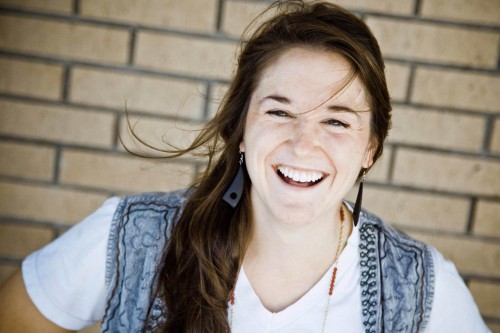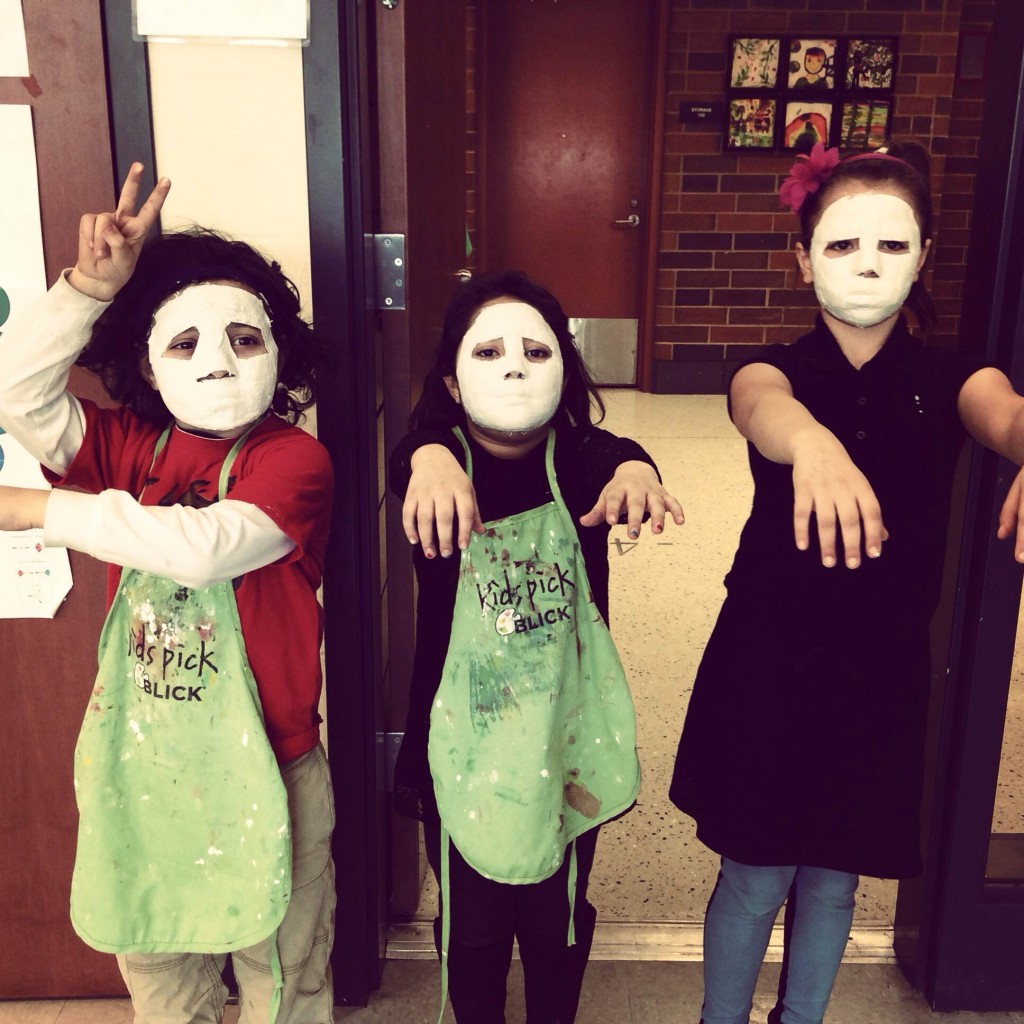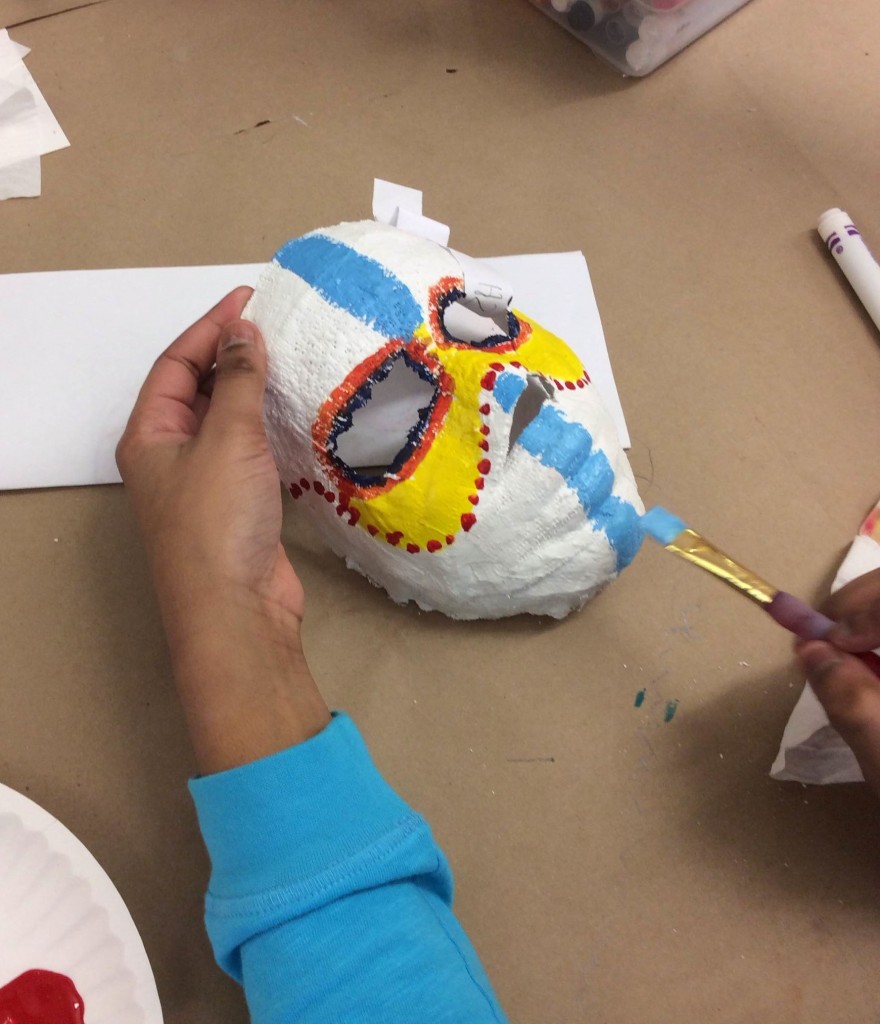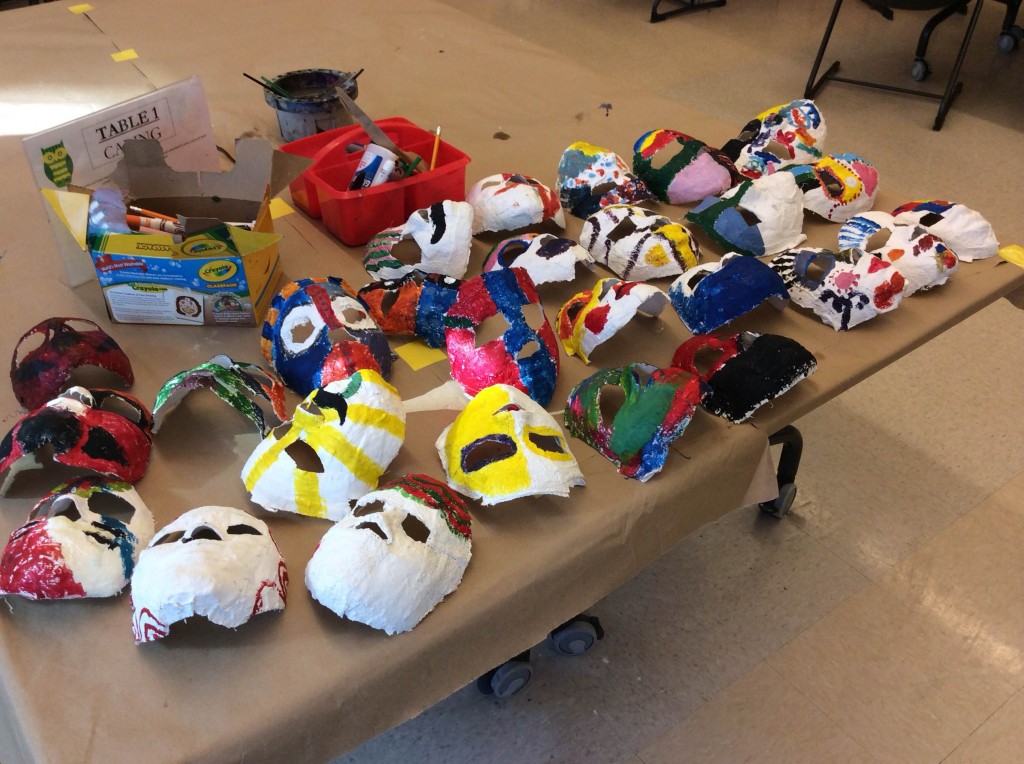
Student Spotlight: Melissa Miller
This week I interviewed Melissa Miller, a fellow Art Ed MAT candidate at Columbia College. It’s great to get some insight on the stories and reasons of how and why people made the decision to come to Columbia and pursue their art education goals. Melissa is trying to meld her two favorite passions, math and art, and is trying to make a difference in Chicago communities. Included in this blog post are some of the interesting responses she contributed.
Why did you want to become an art teacher?
I taught high school math for several years before deciding to switch to art. I minored in art in college, and I kept up with some community classes after I graduated, and partially I just missed that aspect of my life. I was frustrated teaching math in that I had to fight daily with students that they were capable of being successful and learning the material. Winning students over in the math classroom is no small feat. The students who like, or even tolerate math, are few. I wanted to continue teaching, but I wanted to connect with students on another level. I also was frustrated by the inflexible curriculum. In Algebra II, we had an objective laid out for almost every day of the school year. Although I had some flexibility, I did not feel like I had the time in my schedule to implement some alternative teaching strategies. I wanted to teach a subject that was more organic in it’s ability to connect to other subjects and fields. I wanted to teach creative thinking, and although that can certainly be done in the math classroom, it is much more difficult to truly reach every student. I wanted to stay in the classroom in a way that I feel effective and in a way that will sustainable for me to keep the career for a very long time.
What is a project you are working on with your students right now?
We read the book Vejigante Masquerader by Lulu Delacre before we started. It actually worked out perfectly because students were learning about Carnival in both music and Spanish classes, and ended up participating in a school assembly about the holiday. We read a little about how it is celebrated with the masks and costumes in Puerto Rico, including where Puerto Rico is on a map.
The differentiation for grade levels has been a little interesting to think through as well. The kindergarteners and first graders for instance, are choosing just three colors for their mask. The older students are working on complementary colors, and the fifth graders were also just introduced to tertiary colors. I also challenged students appropriately about the use of pattern on their masks. In the older grades, I asked students to think beyond a pattern of square, triangle, square, triangle, etc.




